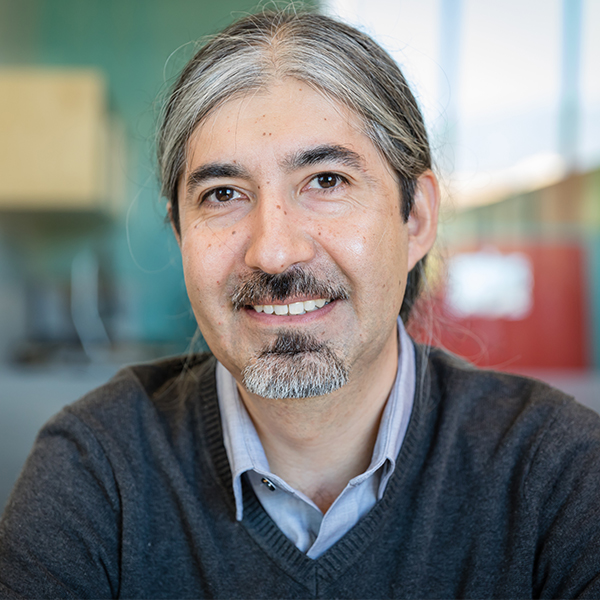When most people think of HMC Architects, they probably don’t picture us putting architecture and video game tools together. After all, video game design tools are primarily applied to, well, video games. However, Unreal Engine had vast amounts of unforeseen applications. For architects, this means leveraging powerful rendering capabilities and graphical simulations to showcase the potential that a space holds, especially since it can be utilized throughout the entirety of the design process.
A Powerful Tool, A Learning Curve
Unreal Engine made its debut over two decades ago. It was first displayed to the public by Epic Games as the engine powering the 1998 video game Unreal. Unreal Engine has since seen several iterations and sees constant updates. For game developers, the engine is used across a wide variety of genres and has seen increasing popularity since it was first released.
This means that the engine has quite the learning curve, being that it was never “intended” for use in the AEC (architecture, engineering, and construction) industry. Fundamentally, for a gaming company, you’ll see dozens to hundreds of individuals with diverse industry backgrounds working across the application in tandem.
As such, programmers, developers, and designers have a fairly high pedigree and have likely spent years with various iterations of the engine. For an architecture firm? That’s typically not the case.
Luckily, Epic has realized the potential of architecture and video game design tools and have streamlined some aspects of the engine to make it more user-friendly. As HMC continues to explore Unreal Engine, we’re using this additional functionality to develop custom tools in-house that a more traditional, off-the-shelf product couldn’t handle. While this doesn’t mitigate the overall impact of a fairly steep learning curve, it does allow for a more flexible process that absolutely lends itself to exploration and experimentation.
 How HMC Combines Architecture and Video Game Design Tools
How HMC Combines Architecture and Video Game Design Tools
While members of our team have combined decades of rendering stills and animations, Unreal Engine allows us to take this a step further. Most commonly, this is in the service of helping our clients envision a space more clearly and instinctively. While stills and simpler animations can also convey a greater sense of place than a static design, Unreal Engine allows for a greater sense of interactivity.
It also speeds up our rendering process dramatically. For less complex designs, Unreal can develop the render in near real-time. For HMC Architects, real-time rendering tools mean that the sky is the limit when it comes to our designs.
On top of this, Unreal Engine can be combined with virtual reality tools to present an immersive experience that allows the client and our design teams to experience the space in a way that isn’t as unlike a video game as one might think. Instead of a character running through a level, the client could see a first-person view of a hospital, a school, or a civic building. We’re even able to include triggers and actions that allow the user to open doors, turn on lights, and interact with the environment.
For the El Camino College, we helped develop a multi-building sports complex including an auditorium and gymnasium, and Unreal Engine played an integral role. Due to the sheer scope of the project, it was paramount that the client was able to experience the space in a more immersive way so we could gauge their instinctive reactions and incorporate feedback more quickly and effectively. We also leveraged the engine for a healthcare suite of patient rooms that needed to be precisely tailored to the client’s needs and specifications.
For an unnamed healthcare client, we’re using Unreal Engine to curate high-end experiences they are using to interest donors. This allows the donors an exciting way to see the impact their contribution will make to the project and experience it before it’s built. For Kaiser Permanente in Woodland Hills, California we used Unreal to showcase a highly complex change to their campus and get all stakeholders on board.
HMC, Architecture, and Video Game Design Tools
While it’s still a relatively new medium, our teams at HMC Architects couldn’t be more excited about the potential that Unreal Engine holds for not only our organization but for the industry as a whole. We’re always looking for the next big technological advances within the profession and look forward to how we can better ourselves as architects through the advent of developing design tools. Whether we’re leveraging the real-time rendering capabilities or crafting a custom VR experience for a client, our work with Unreal Engine is only going to continue shaping into a powerful asset in our toolbox.
To learn more about architecture and video game design tools, contact HMC architects today. We’re dedicated to leveraging these powerful applications for the betterment of our craft and are always happy to answer any questions you may have about how we combine this unique design pairing. If you have inquiries about our specific uses of the Unreal Engine as well as our other design tools, email Chris Grant or Francisco Penaloza directly.




